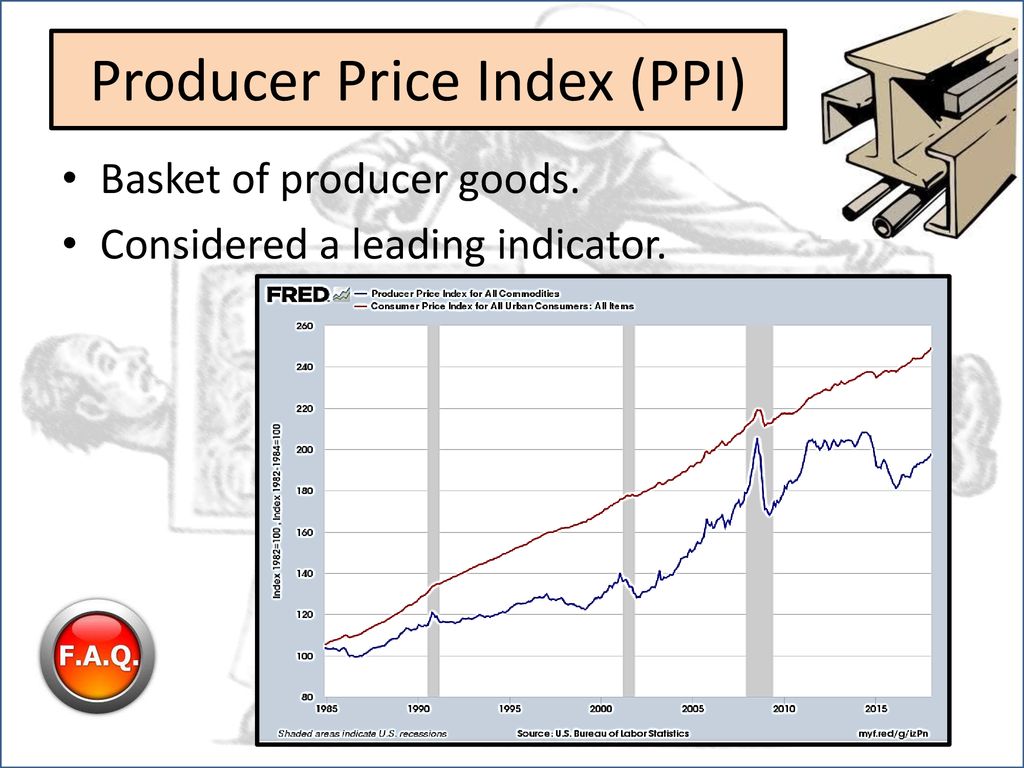
What Are Economic Resources? Unlocking the Building Blocks of Our Economy (Land, Labor, Capital, and Entrepreneurship)
Have you ever wondered how everything around us is made? From the smartphone in your hand to the food on your plate, or even the roads you drive on – it all requires a combination of fundamental ingredients. These ingredients are what economists call Economic Resources, often referred to as the Factors of Production.
Understanding economic resources is like learning the alphabet of economics. It’s the foundational knowledge that explains how goods and services are created, why choices need to be made, and how economies function.
In this comprehensive guide, we’ll break down these essential building blocks into four core categories: Land, Labor, Capital, and Entrepreneurship. We’ll explain each concept in simple terms, provide clear examples, and show you why they are so crucial to our world.
What Exactly Are Economic Resources?
At its heart, an Economic Resource is anything used to produce goods and services. Think of it as the raw material, the effort, the tools, and the ingenuity needed to make something that people want or need.
The fundamental reason we study economic resources is rooted in a concept called scarcity. Human wants are virtually unlimited, but the resources available to satisfy those wants are finite or limited. This scarcity forces individuals, businesses, and entire societies to make choices about how to best use their available resources.
These resources are also known as Factors of Production because they are the "factors" that go into "producing" anything.
Let’s dive into each of the four main types:
1. Land: Nature’s Bounty
When economists talk about "Land," they’re not just referring to the ground beneath your feet. In an economic sense, Land encompasses all natural resources that come from the earth. These are the "gifts of nature" that are used in the production process.
Think of anything that exists naturally and can be used to create something else.
Key Characteristics of Land:
- Finite: While some natural resources can be replenished (like timber through reforestation), many are non-renewable (like oil or coal), making them inherently scarce.
- Location Matters: The geographical position of land can significantly impact its value and utility (e.g., fertile farmland vs. desert).
Examples of Economic "Land":
- Actual Land: The plot of ground where a factory is built, the soil used for farming, or the space for a shopping mall.
- Raw Materials:
- Minerals: Iron ore, copper, gold, diamonds, coal, natural gas.
- Energy Sources: Oil, solar energy, wind power, geothermal heat.
- Water: Rivers, lakes, oceans (for fishing, transportation, or drinking).
- Forests: Timber for construction, paper, or furniture.
- Environmental Elements: Clean air, sunlight, fertile soil.
Payment for Land:
The income received by the owner of land for its use is called Rent. This could be rent for a physical plot of land, or royalty payments for extracting minerals from it.
2. Labor: The Human Touch
Labor refers to the human effort – both physical and mental – that is used in the production of goods and services. It’s the work performed by people to transform resources into finished products or to deliver services.
Every individual who contributes their skills, knowledge, or physical strength to a productive activity is part of the labor force.
Key Characteristics of Labor:
- Diverse Skills: Labor varies greatly in terms of skills, education, training, and experience. A highly skilled surgeon represents a different type of labor than a factory assembly-line worker, but both are essential.
- Human Capital: The skills, knowledge, and experience possessed by an individual are often referred to as "human capital," which can be invested in through education and training to improve productivity.
- Effort and Time: Labor involves the time and energy individuals dedicate to productive activities.
Examples of Economic "Labor":
- Physical Labor:
- A construction worker building a house.
- A farmer tilling fields.
- An assembly line worker putting together a car.
- A truck driver delivering goods.
- Mental Labor (Intellectual Effort):
- A software engineer designing an app.
- A teacher educating students.
- A doctor diagnosing and treating patients.
- A marketing specialist creating an advertising campaign.
- A researcher developing new technologies.
Payment for Labor:
The income received by labor for its services is called Wages or Salaries.
3. Capital: The Tools That Make Tools
This is often where beginners get a little confused, as the word "capital" is also used to mean money. However, in economics, Capital (or Physical Capital) refers to man-made resources used to produce other goods and services. It’s not money itself, but rather the tools, machinery, buildings, and infrastructure that facilitate production.
Think of capital as "the tools that help us make other things." Money is a medium of exchange, but it doesn’t produce anything directly. You use money to acquire capital resources.
Key Characteristics of Capital:
- Man-Made: Unlike land, capital resources are created by humans.
- Used for Production: Their purpose is to aid in the creation of other goods and services, not to be consumed directly (though they wear out over time).
- Increases Productivity: Investing in better capital goods often makes labor more productive and efficient.
Examples of Economic "Capital":
- Tools & Machinery:
- Factory machines (e.g., robotic arms in car manufacturing).
- Computers, software, and IT infrastructure.
- Farm tractors and harvesters.
- Medical equipment in hospitals (MRI machines, surgical instruments).
- Power tools used by a carpenter.
- Buildings & Infrastructure:
- Factories, offices, warehouses.
- Roads, bridges, railways, ports (these are "social capital" or "infrastructure capital").
- Schools and hospitals (when viewed as productive assets for human capital development).
- Vehicles (for production, not personal use):
- Delivery trucks, forklifts.
- Commercial airplanes and ships.
Payment for Capital:
The income received by the owners of capital for its use is called Interest. This represents the cost of borrowing money to acquire capital, or the return on investment for providing capital.
4. Entrepreneurship: The Spark, the Risk, and the Innovation
While Land, Labor, and Capital are the foundational ingredients, something is needed to bring them all together, to innovate, and to take on the risks associated with production. This "something" is Entrepreneurship.
Entrepreneurship is the human resource that combines land, labor, and capital to create new goods and services, innovate, and take risks in the pursuit of profit. Entrepreneurs are the visionaries, the organizers, and the risk-takers who identify opportunities and bring new ideas to life.
Key Characteristics of Entrepreneurship:
- Innovation: Entrepreneurs often introduce new products, services, production methods, or business models.
- Risk-Taking: Starting a business involves financial risk, as there’s no guarantee of success.
- Resource Combination: They skillfully organize and manage the other three factors of production.
- Vision & Leadership: They identify unmet needs or new opportunities in the market.
Examples of Economic "Entrepreneurship":
- Starting a Business:
- A person who invents a new gadget and sets up a company to manufacture and sell it.
- Someone who identifies a gap in the local market and opens a new type of restaurant.
- A software developer who creates a new social media platform.
- Innovating Within Existing Businesses:
- An executive who champions a radical new product line within a large corporation.
- A manager who reorganizes production to significantly reduce costs and improve efficiency.
- Taking Calculated Risks:
- Investing personal savings and borrowing money to launch a startup.
- Devoting years to research and development of a product with an uncertain market.
Payment for Entrepreneurship:
The income received by entrepreneurs for their efforts and risk-taking is called Profit. This is what’s left after all other costs (rent, wages, interest) have been paid.
The Interconnectedness of Economic Resources
It’s crucial to understand that these four economic resources don’t operate in isolation. They are deeply interconnected and interdependent.
- You can’t build a factory (Capital) without Land to put it on and Labor to construct it.
- Workers (Labor) need tools and machinery (Capital) to be productive.
- Natural resources (Land) need Labor to be extracted and Capital (like mining equipment) to process them.
- And it’s the Entrepreneur who orchestrates the entire process, bringing all these elements together to create value.
Without all four, a modern economy simply couldn’t function. They are the essential inputs that drive all production.
Why Understanding Economic Resources Matters
Understanding these fundamental building blocks of the economy isn’t just an academic exercise; it has real-world implications:
- For Individuals: It helps you understand career choices (e.g., you are a Labor resource), how products you consume are made, and why prices exist.
- For Businesses: It’s critical for decision-making regarding production, investment, and resource allocation. Businesses constantly strive to use their land, labor, and capital as efficiently as possible to maximize profit.
- For Governments: Governments make policies related to resource management, education (investing in human capital), infrastructure development (investing in physical capital), and fostering entrepreneurship. Understanding these resources helps them make informed decisions for economic growth and stability.
- For Economic Analysis: Economists use these categories to analyze how different sectors of the economy perform, to measure productivity, and to understand the sources of wealth and income.
Frequently Asked Questions (FAQs) About Economic Resources
Q1: Are economic resources infinite?
A: No, absolutely not! The defining characteristic of economic resources is their scarcity. Human wants are unlimited, but the land, labor, capital, and entrepreneurial talent available to satisfy those wants are limited. This fundamental concept of scarcity is why we have to make choices in economics.
Q2: Is money considered a capital resource?
A: No, this is a common misconception. In economics, money is NOT a capital resource. Money is a medium of exchange. It’s what you use to buy land, pay labor, or purchase physical capital (machinery, buildings). It doesn’t directly produce goods or services itself. Physical capital, on the other hand, does produce things.
Q3: Why are they also called "Factors of Production"?
A: They are called "Factors of Production" because they are the essential "factors" or "inputs" that are combined and used in the process of "production" – that is, making goods and services.
Q4: Which of the four economic resources is the most important?
A: All four economic resources are essential and interdependent. No single factor can produce goods and services on its own in a complex economy. While entrepreneurship is often seen as the driving force that combines the others, it cannot exist without the land, labor, and capital to work with. Their importance often depends on the specific industry or product being analyzed.
Q5: Can a resource fit into more than one category?
A: Not directly in terms of its fundamental nature, but an individual can embody different resources. For example, a farmer uses land, their physical effort is labor, their tractor is capital, and their decision-making and risk-taking in running the farm is entrepreneurship. So, one person can contribute to multiple factors through their activities.
Conclusion
Economic resources – Land, Labor, Capital, and Entrepreneurship – are the fundamental building blocks of every economy. They are the inputs required to produce the vast array of goods and services that satisfy our needs and wants.
By understanding these four categories, you gain a clearer picture of how our world works, why choices are necessary due to scarcity, and what drives economic activity and wealth creation. From the smallest local business to the largest global industries, these factors of production are constantly at play, shaping our economic landscape.




Post Comment